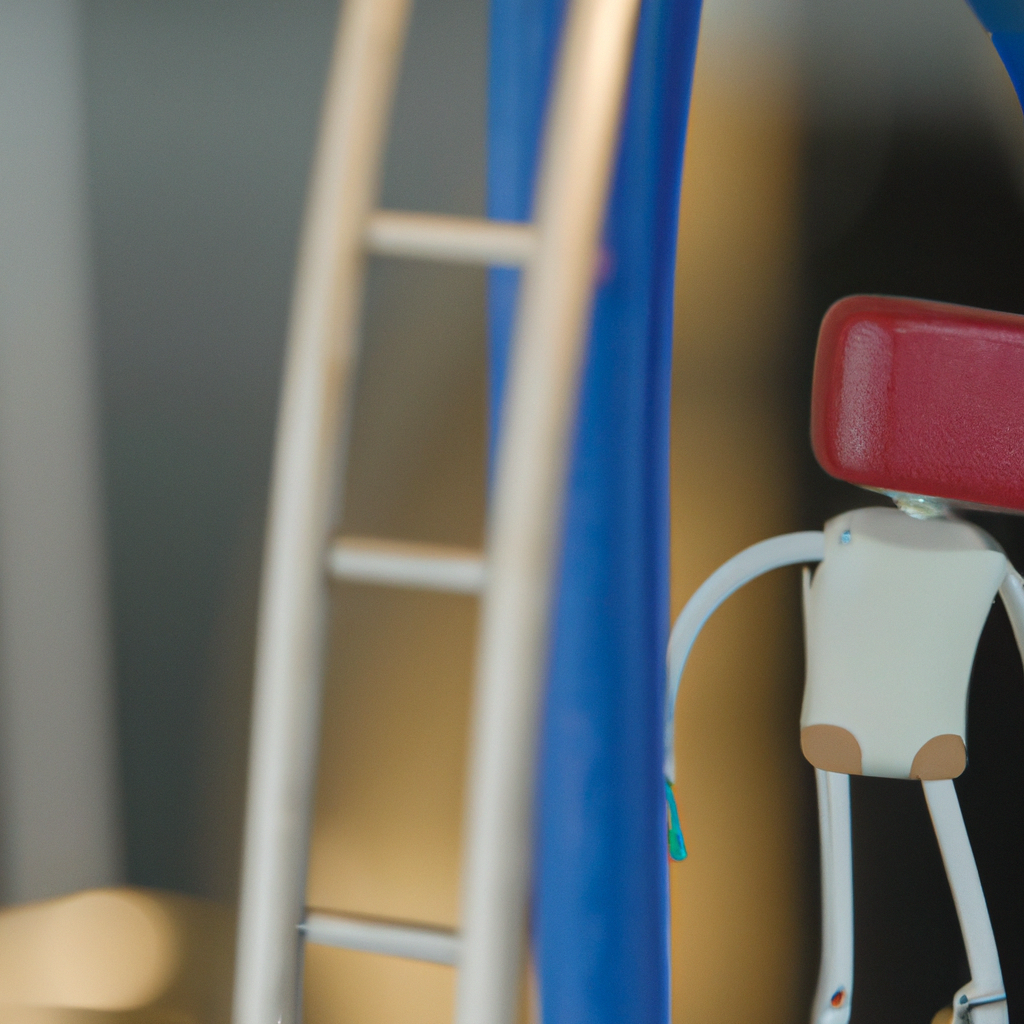Stop-motion animation is a technique used in animation that involves manipulating physical objects to create the illusion of movement. It is a painstaking process that requires patience, precision, and attention to detail. In this article, we will take a comprehensive look at the process of creating a stop-motion animation, including techniques, software, and tips.
The process of stop-motion animation can be broken down into several steps, including pre-production, production, and post-production.
Pre-production
The first step in creating a stop-motion animation is pre-production. This involves creating a storyboard, designing the characters and backgrounds, and planning out the shots. It is important to have a clear vision of what the animation will look like before starting production.
Storyboarding is a crucial part of pre-production as it allows the animator to plan out the shots and timing of the animation. A storyboard is essentially a visual representation of the animation, showing the different shots and camera angles.
Designing the characters and backgrounds is another important aspect of pre-production. This involves creating the physical objects that will be used in the animation, such as puppets or clay figures. The characters and backgrounds should be designed with movement in mind, ensuring that they are flexible and easy to manipulate.
Production
Once pre-production is complete, it is time to move on to production. This involves shooting the animation frame-by-frame, using a camera to capture each individual frame. The camera is typically mounted on a tripod to ensure stability and consistency between shots.
The animator will move the physical objects slightly between each frame, creating the illusion of movement when the frames are played back in sequence. This process can be time-consuming, as it can take hundreds or even thousands of frames to create a short animation.
Post-production
After the production phase is complete, it is time for post-production. This involves editing the individual frames into a cohesive animation, adding sound effects and music, and exporting the final product.
Editing is an important part of post-production as it allows the animator to refine the animation and make any necessary changes. Sound effects and music can also be added during this phase, enhancing the overall quality of the animation.
Stop-motion animation techniques
There are several different techniques that can be used in stop-motion animation, including clay animation, puppet animation, and cut-out animation.
Clay animation involves using clay figures to create the characters in the animation. The animator will mold the clay figures into different shapes and positions, capturing each frame with a camera.
Puppet animation involves using puppets to create the characters in the animation. The puppets are typically made of foam or latex and are designed to be flexible and easy to manipulate.
Cut-out animation involves using paper cutouts to create the characters and backgrounds in the animation. The animator will move the cutouts slightly between each frame, creating the illusion of movement.
Stop-motion animation software
There are several different software programs that can be used to create stop-motion animation, including Dragonframe, Stop Motion Studio, and iStopMotion.
Dragonframe is a professional-grade stop-motion animation software that offers a wide range of features, including camera control, frame capture, and editing tools.
Stop Motion Studio is a user-friendly stop-motion animation software that is ideal for beginners. It offers a simple interface and easy-to-use tools for capturing frames and editing the animation.
iStopMotion is another popular stop-motion animation software that offers camera control, frame capture, and editing tools. It also includes a variety of effects and filters that can be applied to the animation.
Stop-motion animation tips
Creating a stop-motion animation can be a challenging and time-consuming process, but there are several tips that can help make the process easier. Here are a few tips to keep in mind:
– Plan out the animation carefully before starting production.
– Use a tripod to ensure stability and consistency between shots.
– Take breaks frequently to avoid burnout and fatigue.
– Use a lightbox or other lighting equipment to ensure consistent lighting between shots.
– Consider using stop-motion animation software to simplify the process.
Conclusion
Stop-motion animation is a challenging and rewarding art form that requires patience, precision, and attention to detail. By following the process outlined in this article and using the techniques, software, and tips provided, you can create your own stop-motion animation that is both engaging and entertaining.







